OTISFIELD — Releasing rehabilitated wildlife back into their natural environment is no simple task.
While there are more than 40 licensed wildlife rehabilitators residing in the state, it is up to game wardens and Department of Inland Fisheries & Wildlife biologists to place rescued animals at a facility best equipped to feed and care for them. Just four rehabilitators in Maine are set up to care for orphaned white-tail deer. Only one is capable of taking in large game animals like black bears. Anyone who handles migratory birds is required to hold a federal permit.
Katrina Lewis Carstensen of Otisfield is in her fifth year as a state and federally certified wildlife rehabilitator. Through the spring she has taken in about half a dozen fawns, the usual assortment of small mammals and birds, and one threatened species of cat, a Canada lynx.
On Aug. 20, five fawns were released back to the wild. State
biologists Scott Lindsay, Brad Zitske and Cory Stearns arrived in the morning at Carstensen’s home to crate the fawns and transport them to new homes in remote areas of the Maine woods.
Carstensen, who has taken care of every detail to prepare the young deer to be returned to the wild, was not there for the sendoff because she had to work her day job. But the biologists each came equipped with their own helpers — their young kids, who put straw bedding in the crates or worked a gate if needed.

Jack Stearns looks at a fawn rehabilitated by Katrina Lewis Carstensen of Otisfield and about to be secured in a crate for release back into the wild. Nicole Carter / Advertiser Democrat
Kittery, the largest and leader of the herd, would accompany a young female named Blue who was injured when she got hung up in tenting at a vegetable farm, to a spot in Franklin County. The other three weanlings, including an orphaned set of twins, would be taken farther south.
Kittery, strong enough to injure fellow fawns and biologists alike, was caught first. Clearly unhappy with his confinement, he tried several times to kick his way out of his crate as he waited for the other deer to be captured. Blue was quickly caught and placed in her own crate. Then she and Kittery were secured in the back of Lindsay’s pickup truck and warily settled in for one final trip toward freedom.
Lindsay and his daughter, Nora, brought the pair to an isolated mountain top on private, gated property where their chances of interacting with humans are minimal.
Blue was released first, but was unwilling to leave her crate. Finally tipped out backward, she fled to the shelter of an old brush pile, peaking out at her human benefactors with no intention of complying with their plan.
Kittery was much more agreeable to the process, easily backing out of his crate and casually bounding along the logging road as if he expected to come up to the perimeter fence of his familiar rehab pen. But there was nothing to stop him and he did not look back.
With a little encouragement, Blue finally came out of hiding and galloped after her companion, her white flag bobbing as she tried to catch up with him. The two soon trotted out of sight, off to a new life of wilderness and self-reliance.
Copy the Story LinkSend questions/comments to the editors.


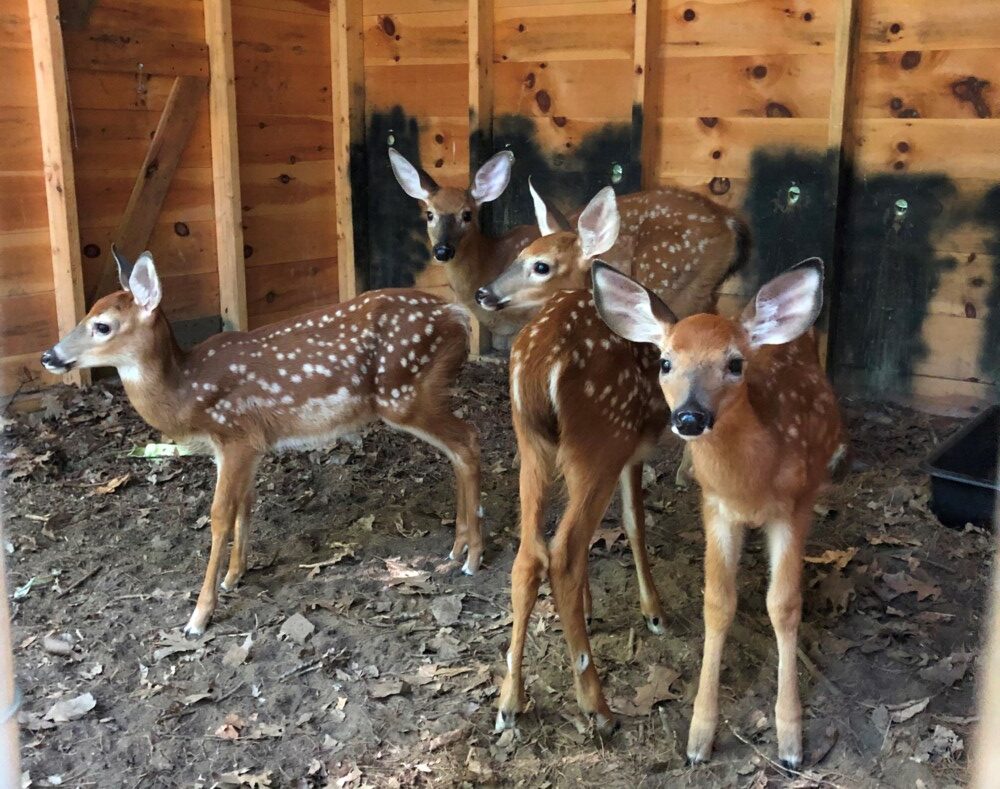
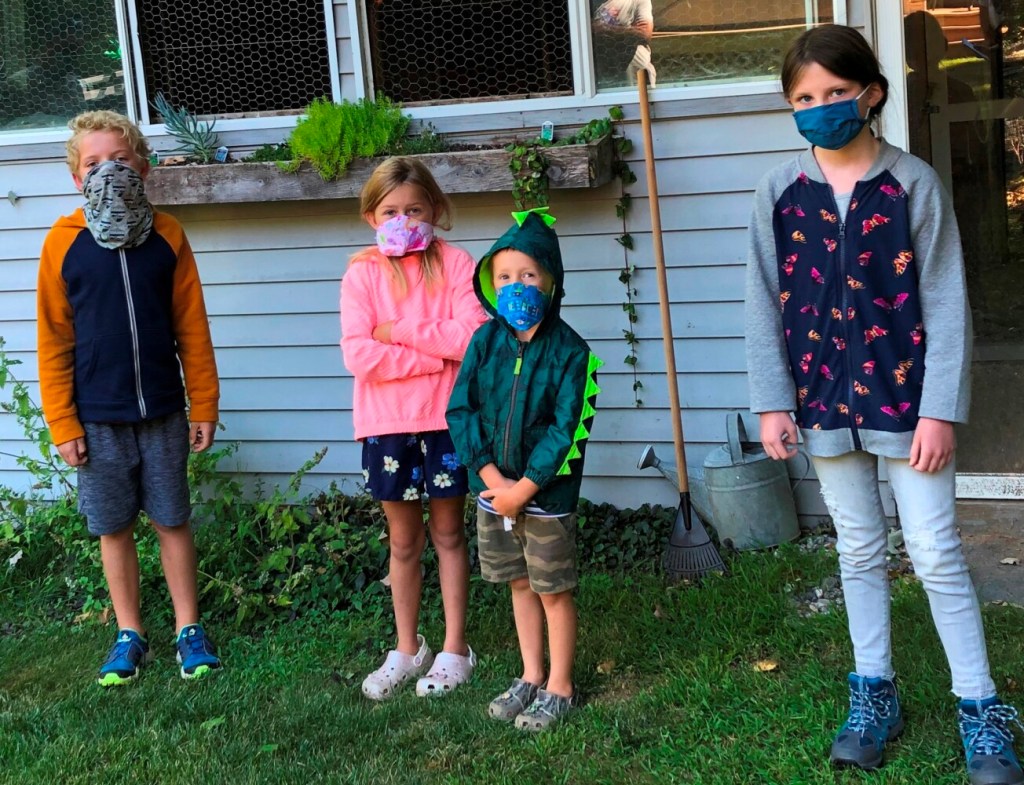
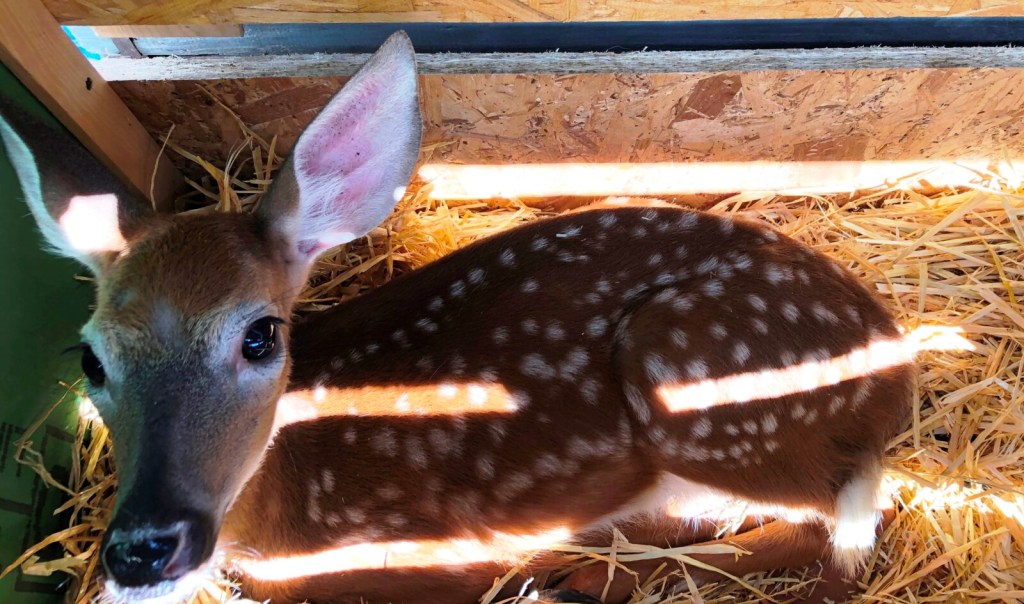
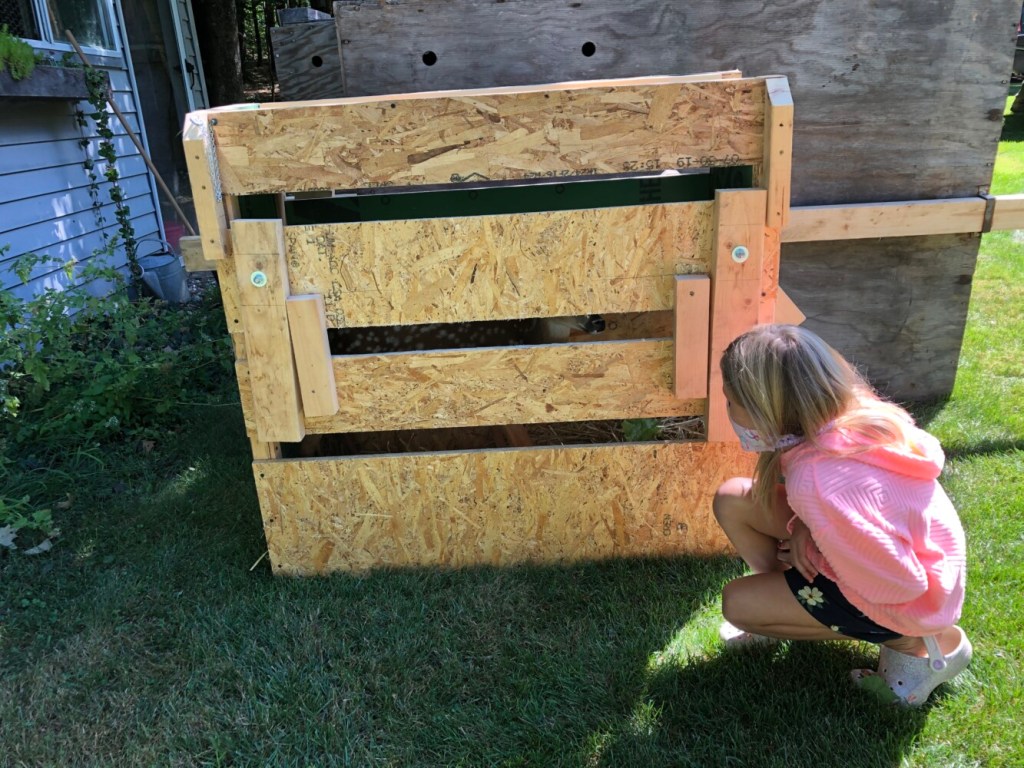
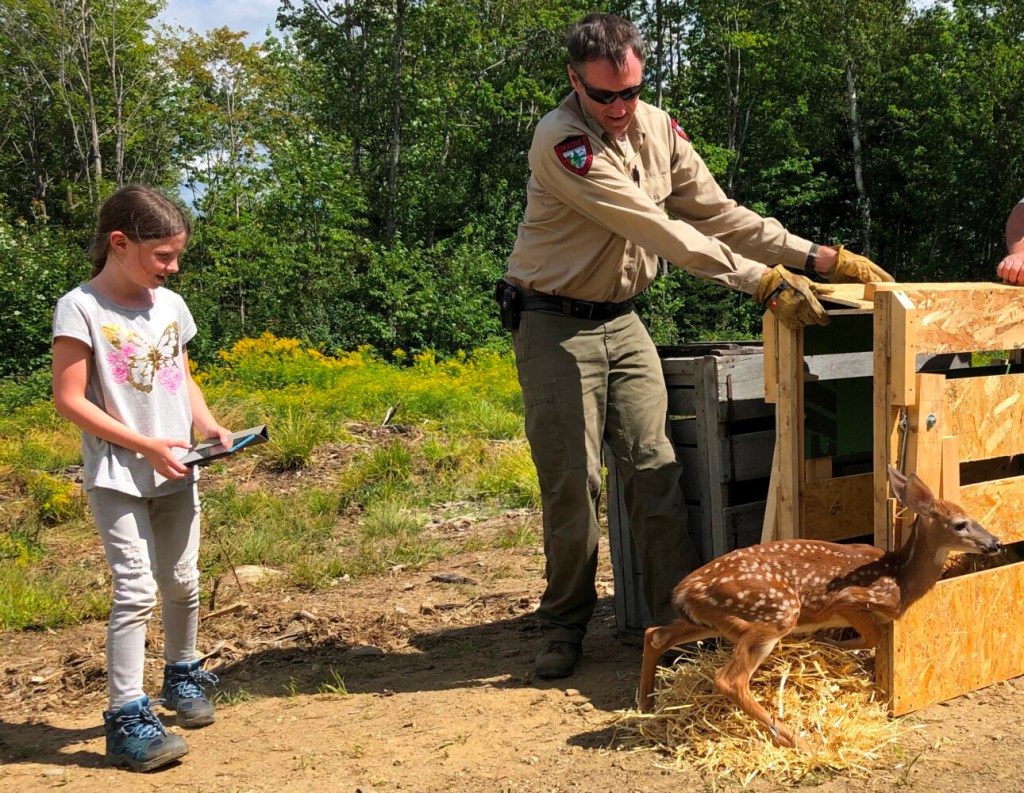
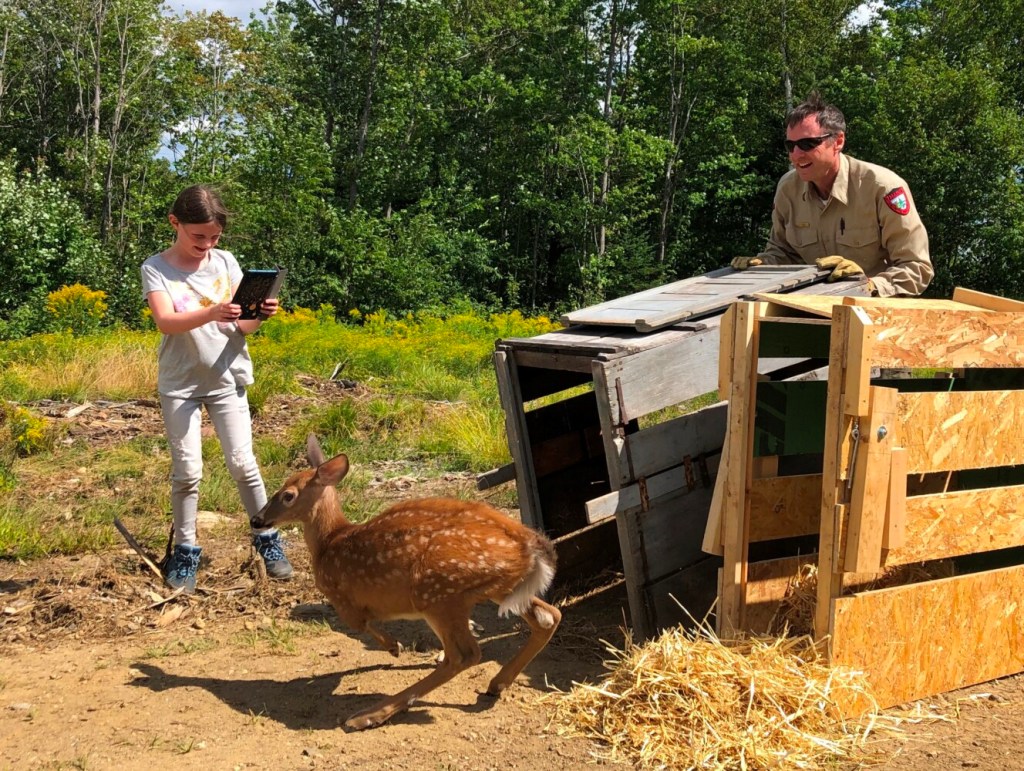
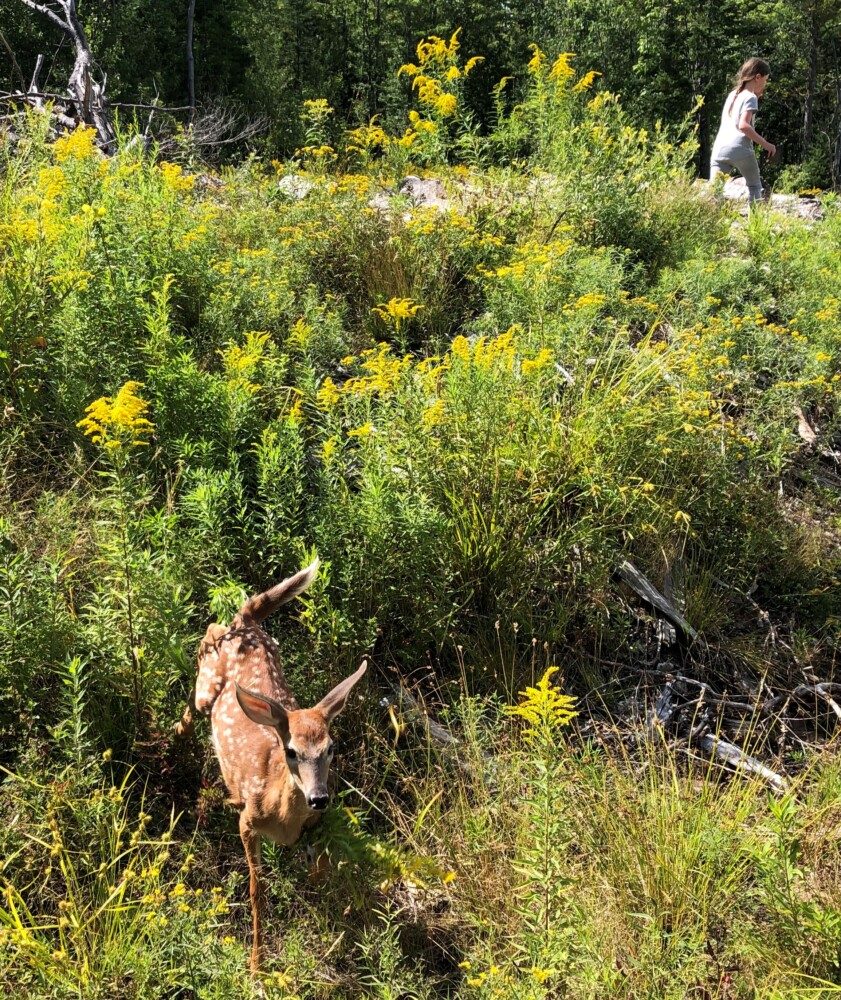

Success. Please wait for the page to reload. If the page does not reload within 5 seconds, please refresh the page.
Enter your email and password to access comments.
Hi, to comment on stories you must . This profile is in addition to your subscription and website login.
Already have a commenting profile? .
Invalid username/password.
Please check your email to confirm and complete your registration.
Only subscribers are eligible to post comments. Please subscribe or login first for digital access. Here’s why.
Use the form below to reset your password. When you've submitted your account email, we will send an email with a reset code.